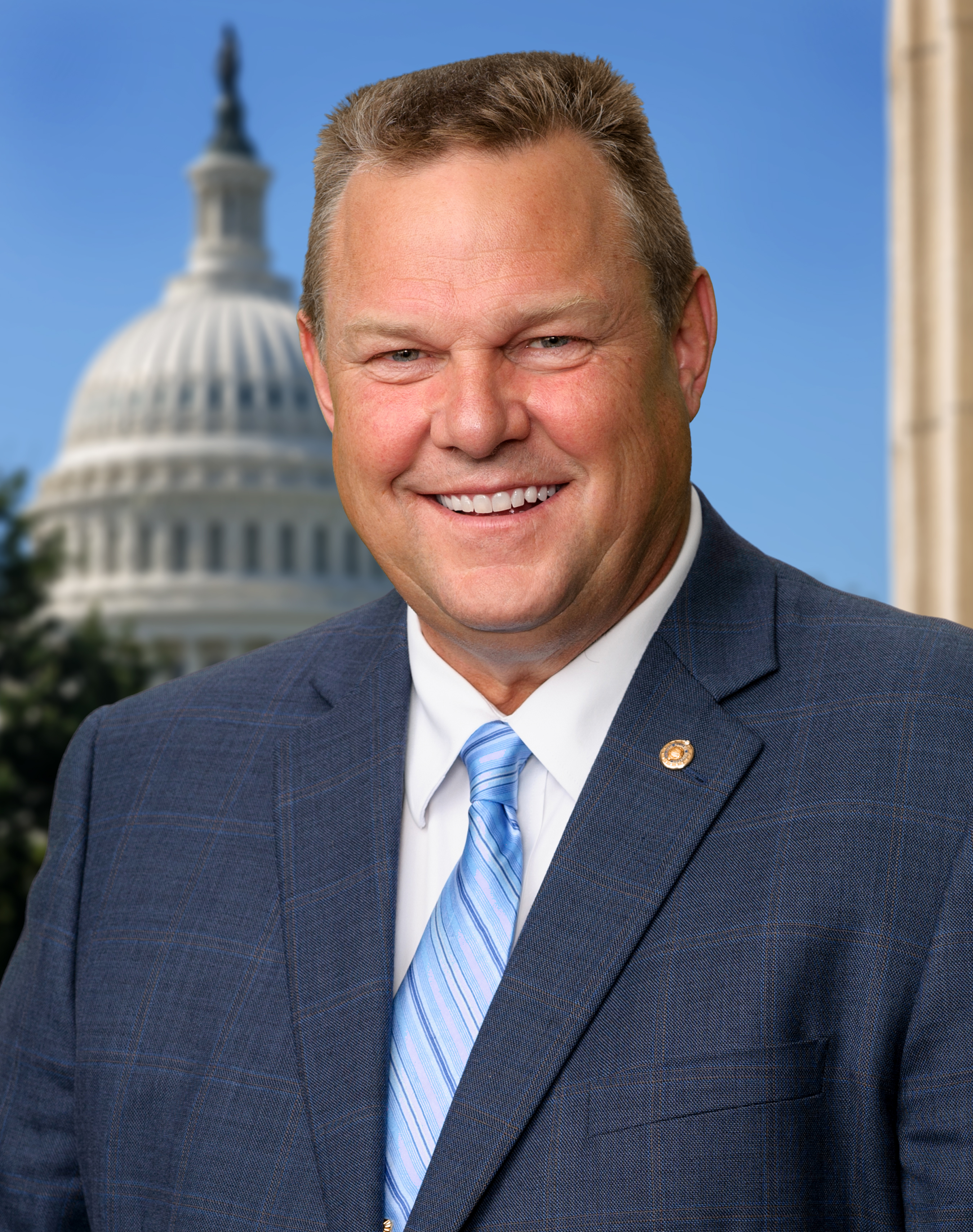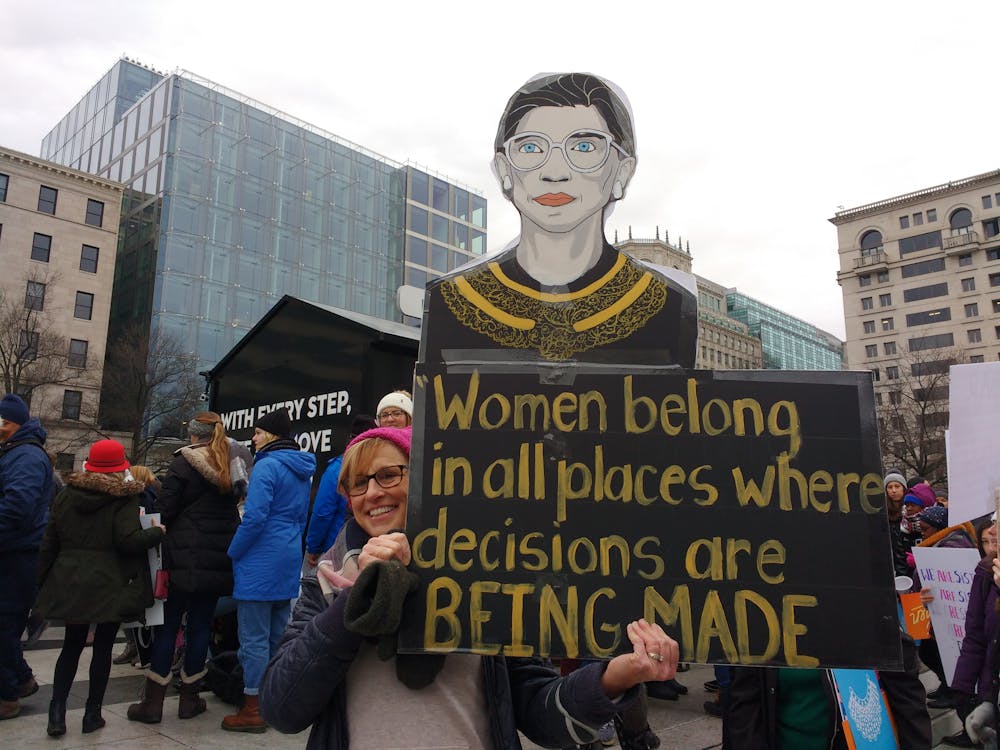What's New
Jo Freeman: There’s Plenty To Do at the RNC – If You Have the Right Credentials
by Jo Freeman
Every national nominating convention has plenty of auxiliary events, some authorized, some not. Getting space can be a challenge; getting the word out even more so. But they do it nonetheless. Press were given a RNC 2024 Master Event Calendar, which was updated a few days later. Events began on Sunday and ended on Thursday. The actual convention sessions were just one item on the list. The calendar said if an event was Open or Closed to press, and also whom to contact to register. I’m going to describe some of the events, including a couple I went to, and a couple I was turned away from.
Since my focus is on women, I obviously wanted to go to those events – if I could.
The National Federation of Republican Women is the largest grassroots Republican women's organization in the country with hundreds of clubs. Founded in 1938, its members made the phone calls and knocked on the doors that elected Republican candidates for decades. It’s Tuesday luncheon featured Arkansas Governor Sarah Sanders. The Master Calendar said it was SOLD OUT and they wouldn’t let me in. I was able to get into their lounge at the Fiserv Forum Wednesday evening, where I was repeatedly asked if I was a member, and if not, would I join. “I’m press,” I said. “I can’t join anything partisan.” I then said: “What brings you here?” On hearing that, finding anyone willing to chat with me was like pulling teeth.
Moms for Liberty met in a concert hall that afternoon. I had pre-registered, and I got in. From high in a balcony seat I listened to several people talk about the evils of transgenderism. It’s webpage says WE BELIEVE Power Belongs to the People. Sound Familiar? With a focus is on parental rights, it wants to “STOP WOKE indoctrination.”
Tuesday I went to “The New Mavericks” reception co-hosted by the Black Republican Mayors Association and the Georgia Republican Party. They honored Sen. Tim Scott, four Congressmen and two Georgia delegates – all male. There was only one mayor on stage, from Aurora, IL. The chair of the Georgia Republican Party was the one white man on the stage. At that event, women served; they didn’t speak. The RNC reported that 55 delegates to the 2024 convention are Black, up from 18 in 2016.
I missed the Independent Women’s Forum toast to “Women Who Make Our Country Great” because I went to Convention Fest: The Official Delegate Experience, which was held in the streets outside the Fiserve Forum and Baird Hall as well as some space inside Baird. To get to that one you not only needed a credential of some sort, but a USSS pass (which I have).
Concerned Women for America parked its pink bus across from the Baird Center the week before the RNC. No one was home. When Convention Fest opened on Tuesday afternoon, they set up a pink tent, from which its leaders preached to whomever passed by. It calls itself “the nation’s largest public policy women’s organization” but its focus is evangelical Christian. The slogan on the side of its pink bus captures this emphasis: “She Prays, She Votes.” A prayer precedes each sermon.
KFF, Kaiser Family Foundation: Vaccinating Children Ages 5-11; Policy Considerations for COVID-19 Vaccine Rollout
It is widely expected that children, ages 5-11, will soon become the latest group to be eligible for COVID-19 vaccination in the United States. The federal government is also partnering with over 100 children’s hospitals across the country to set up vaccination clinics through the end of the year. As such, children could become eligible as soon as November 3 or 4. In anticipation, the White House and CDC have engaged in operational planning with state and local jurisdictions. However, when the doses for children become available and how rapidly the rollout translates into shots getting into kids’ arms nationwide remain to be seen. At least in the near term, there could be some unique challenges to this new vaccination effort as well as a repeat of some of the difficulties faced during previous COVID-19 vaccination phases. more »
 Congressional Schedule: October 25 -29, 2021: Hearings: Combatting Global Human Trafficking; Women Entrepreneurs: An Economic Growth Engine for America; A Whole of Government Approach in Support of Servicewomen
Congressional Schedule: October 25 -29, 2021: Hearings: Combatting Global Human Trafficking; Women Entrepreneurs: An Economic Growth Engine for America; A Whole of Government Approach in Support of Servicewomen
Hearings: Health — On Tuesday, the House Energy and Commerce Subcommittee on Health will hold a hearing, “Caring for America: Legislation to Support Patients, Caregivers, and Providers,” to discuss several bills, including H.R. 1474, the Alzheimer’s Caregiver Support Act. Human Trafficking — On Wednesday, the House Foreign Affairs Subcommittee on Africa, Global Health, and Global Human Rights will hold a hearing, “Combatting Global Human Trafficking.” Small Business — On Wednesday, the Senate Small Business and Entrepreneurship Committee will hold a hearing, “Women Entrepreneurs: An Economic Growth Engine for America.” Veterans — On Tuesday, the House Veterans’ Affairs Subcommittee on Economic Opportunity will hold a hearing, “A Whole of Government Approach in Support of Servicewomen.” more »
 Berkeley Talks Transcript: Finding Hope for Biodiversity Conservation, An Interview With Bree Rosenblum, Global Change Biology Professor at UC Berkeley
Berkeley Talks Transcript: Finding Hope for Biodiversity Conservation, An Interview With Bree Rosenblum, Global Change Biology Professor at UC Berkeley
"Extinction is also not new on our planet. We estimate that more than 99% of species that ever existed on the planet have gone extinct. So extinction is a natural process on planet earth but what’s different about the dynamics of extinction today are the pace, extinctions are happening much more quickly than they have in the past, and the cause. Extinctions have never before been caused by a single species. So species have always caused each others’ extinction because of species interactions. But the fact that we have a single species, our species, that’s having a global impact on extinction patterns around the world is new. This is something that we think has never happened before on the history of our planet. And so extinction is a natural process, but extinction is being accelerated because of human impacts on the planet." more »
 Jo Freeman Reviews: Justice, Justice Thou Shalt Pursue: A Life’s Work Fighting for a More Perfect Union By Ruth Bader Ginsburg and Amanda Tyler
Jo Freeman Reviews: Justice, Justice Thou Shalt Pursue: A Life’s Work Fighting for a More Perfect Union By Ruth Bader Ginsburg and Amanda Tyler
Jo Freeman Reviews: This book features a selection of Ginsburg’s legal writing. In the first section, there is one appeals court brief and two transcripts of oral arguments before the Supreme Court. All on gender equality, they illustrate Ginsburg’s strategy of arguing cases where men were the legal losers in the belief that the court would be more sympathetic. Moritz concerned a section of the IRS code that allowed women, widowers and divorced men to take a tax deduction for the care of dependants. The plaintiff was a never-married man who was caring for his mother. Frontiero v. Richardson concerned the different standards for servicemen and women to get benefits for their dependent spouses. Weinberger v. Wiesenfeld challenged a portion of the social security law which permitted widows but not widowers to collect special benefits to care for minor children. more »






